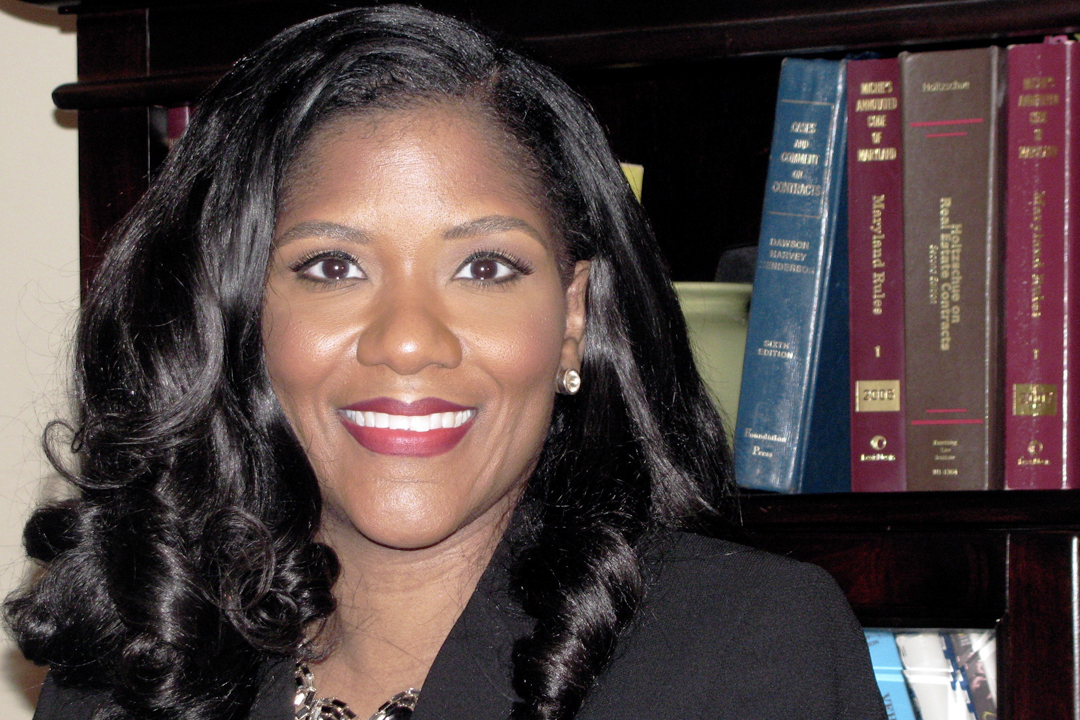The Office for Diversity, Equity and Community Engagement continues to enhance its support, outreach and programming for all members of the university community, Caroline Laguerre-Brown, the office’s vice provost, told members of the Faculty Senate Friday.
“Promoting inclusive excellence through education and training for faculty, staff and students is a top priority,” she said.
The senate also heard from Provost Forrest Maltzman about faculty salary comparisons with GW’s market-basket institutions and new accessibility to demographic information on students and faculty. In addition, George Washington President Steven Knapp shared updates on the status of the B-1 level of District House, ongoing collaboration between the senate and the Student Association and other matters.
In her presentation, Ms. Laguerre-Brown said her office is working on a number of initiatives to promote diversity and inclusion at GW.
A partnership with the University Teaching and Learning Center and the Graduate School of Education and Human Development will seek to develop resources for faculty to support inclusive classroom experiences, she said. On March 29, the office will host a Diversity Summit. Other initiatives include unconscious bias training for faculty search committees and increasing the office’s visibility by publicizing its resources more broadly.
Another important priority is working with schools on diversity planning, Ms. Laguerre-Brown said. The Provost’s Office has asked each school’s dean to prepare a diversity plan that includes a self assessment, goals, strategies and action items for enhancing diversity efforts in areas such as recruitment, retention and climate.
“Our deans have been really supportive of this effort,” she said.
The Office for Diversity, Equity and Community Engagement includes the Honey W. Nashman Center for Civic Engagement and Public Service, Multicultural Student Services Center, Disability Support Services and the Title IX Office. These groups have seen an increase in involvement from students or requests for support, Ms. Laguerre-Brown said.
The Title IX office continues to provide support to faculty, staff and students, and is increasing its staff to enhance that support. The office also launched the redesigned Haven website, which provides one place for GW community members to report a sexual assault, seek medical care or legal support or get information on prevention training workshops.
Dr. Maltzman told the senate that in order to increase transparency, the university has launched a new public dashboard that allows anyone to find information on GW enrollment, from learning how many students come from a specific state or country to the gender, race or ethnic makeup of a specific class. Information is available from 2007-2016. The Office of Institutional Research and Planning will add additional data to the dashboard in the future.
Dr. Maltzman also noted that the university’s six-year graduation rate continues to hover around 80 percent, and efforts continue to increase that number.
With regard to faculty, Dr. Maltzman said that 78 percent of regular active faculty members were tenure-track in 2016, and the percentage of female faculty increased significantly over the past decade. Additionally, according to the latest data from 2014, GW is above the average of its market-basket schools when it comes to the proportion of faculty who are female and those who are from demographic groups that are historically under-represented in higher education.
“There has been a pretty dramatic change over time in terms of the demographic makeup of our faculty,” Dr. Maltzman said, adding that the university has more work to do to recruit the best faculty from a diverse pool.
Dr. Maltzman also provided data comparing GW’s 2015-16 overall faculty salary averages with the 80th percentile averages from the American Association of University Professors (AAUP). It showed GW is above this level when it comes to overall 2015-16 professor and associate professor salaries.
Assistant professors in 2015-16 were overall slightly below the AAUP 80th percentile average. Dr. Maltzman pointed out this is a relatively new development and is due to the composition of the assistant professor pool changing more rapidly than other ranks. In particular, he noted that there are fewer assistant professors within the GW School of Business than there were a few years ago, and that starting salaries in GWSB tend to run higher than in the other schools.
Faculty members said they believe a more accurate way to make comparisons between faculty at GW and other schools is to examine total compensation, and they said GW is not on par with other universities when considering salary together with benefits such as health and retirement.
The Faculty Senate ultimately passed a resolution that urges the Board of Trustees and university administration to increase faculty salaries and benefits.
In his remarks, Dr. Knapp said he was pleased to hear from Student Association leaders that they have been received warmly by the Faculty Senate when working toward their goals this year. He also commented on the “lively hub” on the B-1 level of District House, which serves as a space for the GW community to come together and where new restaurants have recently opened. Dr. Knapp also said he recently participated in the Second Nature 2017 Presidential Climate Leadership Summit, where some academic leaders shared their concerns about the status of science and research in the current political climate.



